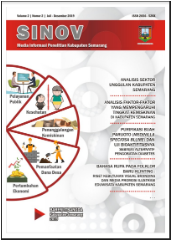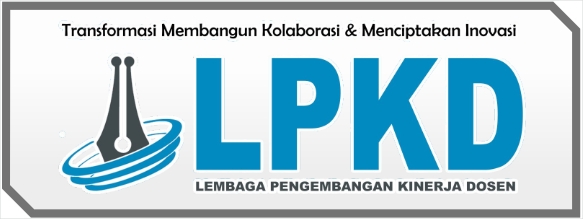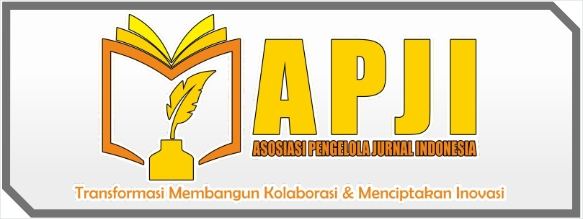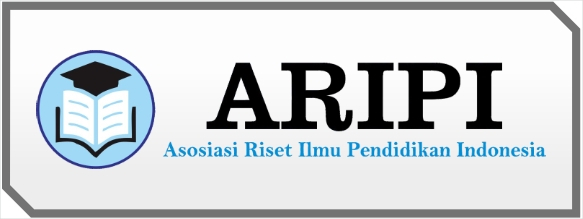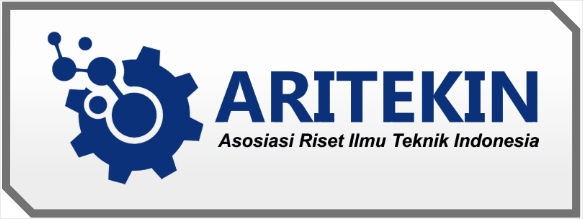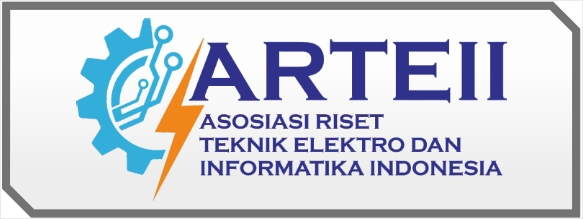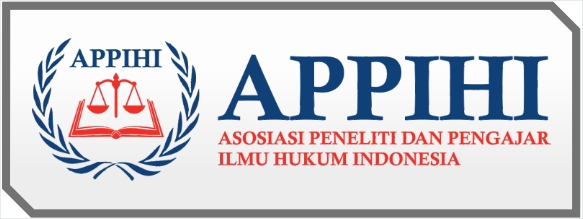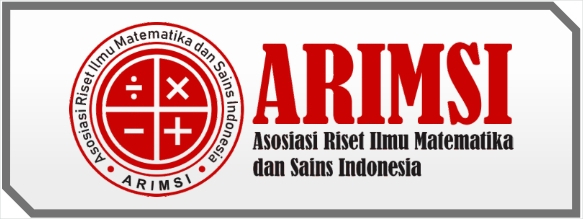Pengaruh Efektivitas Intervensi Gizi terhadap Status Gizi Pasien Hemodialisis
DOI:
https://doi.org/10.55606/sinov.v7i1.849Keywords:
Nutritional Intervention, Nutritional Status, Hemodialysis PatientsAbstract
Chronic kidney disease is a disorder of the kidney organs caused by a decrease in kidney function that is irreversible. This condition is characterised by abnormalities in the structure or function of the kidneys that last for more than three months. This research aims to determine the effectiveness of nutritional interventions on the nutritional status of haemodialysis patients at dr. Gondo Suwarno Hospital, Semarang Regency. The type of research used is quantitative with an experimental research design, namely quasi experimental with pretest-posttest control group. This design aims to evaluate a nutritional intervention by looking the differences of nutritional status of hemodialysis patients before and after given nutritional intervention. The total respondents in this study were 34 people who were divided into two groups, namely the control group of 17 people and the intervention group of 17 people. This research was carried out at dr. Gondo Suwarno Hospital in September 2024 – February 2025. The result there is a significance value < 0.05 in interdialysis weight before and after the Intervention, as well as dry weight there is a significance value < 0.05. The results of the independent sample t test show no real difference p > 0.05, in the nutritional status of the Intervention group and the control group.
Downloads
References
Akhmad, A. N., Primanda, Y., & Istanti, Y. P. (2016). Kualitas hidup pasien gagal jantung kongestif (GJK) berdasarkan karakteristik demografi. Jurnal Keperawatan Soedirman (The Soedirman Journal of Nursing), 11(1), 27–34.
Cipto, Siswoko, & Normawati, A. T. (2020). The influence of socialization activity in group therapy to socialization capabilities. Jurnal Studi Keperawatan, 1(2), 1–4.
Cupisti, A., Gallieni, M., Avesani, C. M., D’Alessandro, C., Carrero, J. J., & Piccoli, G. B. (2020). Medical nutritional therapy for patients with chronic kidney disease not on dialysis: The low protein diet as a medication. Journal of Clinical Medicine, 9(11), 119. https://doi.org/10.3390/jcm9113644
Fuaddah, A. T. (2015). Perbandingan karakteristik, pengetahuan dan tindakan swamedikasi pada penyakit diare akut antara masyarakat desa dan masyarakat kota.
Hayati, D. M., Widiany, F. L., & Nofiartika, F. (2021). Status gizi berdasarkan dialysis malnutrition score (DMS) dengan kualitas hidup pasien hemodialisis. Jurnal Gizi Klinik Indonesia, 18(1), 28. https://doi.org/10.22146/ijcn.60778
Huda Al Husna, C., Ramadhan, A., Wardhani, E. Y., & Lestari, N. A. (2021). Hubungan lama menjalani hemodialisis dengan kecemasan pasien. Indonesian Journal of Nursing Health Science, 6(1), 31–38.
KDIGO. (2020). Clinical practice guideline for diabetes management in chronic kidney disease. Kidney International, 98(4S), S1–S115. https://doi.org/10.1016/j.kint.2020.06.019
Kementerian Kesehatan Republik Indonesia, Badan Kebijakan Pembangunan Kesehatan. (2023). Survey kesehatan Indonesia dalam angka: Data akurat kebijakan tepat (hlm. 282).
Maimani, Y. A., Elias, F., Salmi, I. A., Aboshakra, A., Alla, M. A., & Hannawi, S. (2021). Interdialytic weight gain in hemodialysis patients: Worse hospital admissions and intradialytic hypotension. Open Journal of Nephrology, 11, 156–170.
Notoatmodjo, S. (2012). Promosi kesehatan dan perilaku kesehatan. Rineka Cipta.
Nuraini, A., Anugrah, R. A., & Rosmayanti, F. (2017). Dietetika penyakit infeksi. Kementerian Kesehatan RI Pusat Pendidikan Sumber Daya Manusia Kesehatan.
Nursalam. (2013). Konsep dan penerapan metodologi penelitian ilmu keperawatan. Salemba Medika.
Pratiwi, H., Nuryanti, N., Fera, V. V., Warsinah, W., & Sholihat, N. K. (2016). Pengaruh edukasi terhadap pengetahuan, sikap, dan kemampuan berkomunikasi atas informasi obat. KJIF, 4(1), 51.
Pratiwi, S. N., & Suryaningsih, R. (2019). Gambaran klinis penderita penyakit ginjal kronik yang menjalani hemodialisis di RS PKU Muhammadiyah Surakarta, 3, 427–439.
Purnami, N. W., Rahayu, V. M. S. P., Dira, I. K., & Daryaswanti, P. I. (2022). Gambaran upaya mengatasi kecemasan pada pasien gagal ginjal kronik yang menjalani hemodialisis. Jurnal Kesehatan Medika Udayana, 5(1), 49–59. https://doi.org/10.47859/jmu.v5i1.151
Sebastian, S., Filmalter, C., Harvey, J., & Chothia, M. Y. (2016). Intradialytic hypertension during chronic haemodialysis and subclinical fluid overload assessed by bioimpedance spectroscopy. Clinical Journal, 9(4), 636–643.
Siregar, C. T., & Ariga, R. A. (2020). Buku ajar manajemen komplikasi pasien hemodialisis. Deepublish. https://books.google.co.id/books?id=MjT4DwAAQBAJ
Susetyowati. (2017). Penerapan skrining gizi di rumah sakit. Gadjah Mada University Press.
Tampake, R., & Doho, A. D. S. (2021). Karakteristik pasien gagal ginjal kronik yang menjalani hemodialisis. Lentora Nursing Journal, 1(2), 39–43.
Wijaya, C. (2017). Perilaku organisasi. LPPPI.
Downloads
Published
How to Cite
Issue
Section
License
Copyright (c) 2025 Media Informasi Penelitian Kabupaten Semarang

This work is licensed under a Creative Commons Attribution-ShareAlike 4.0 International License.

